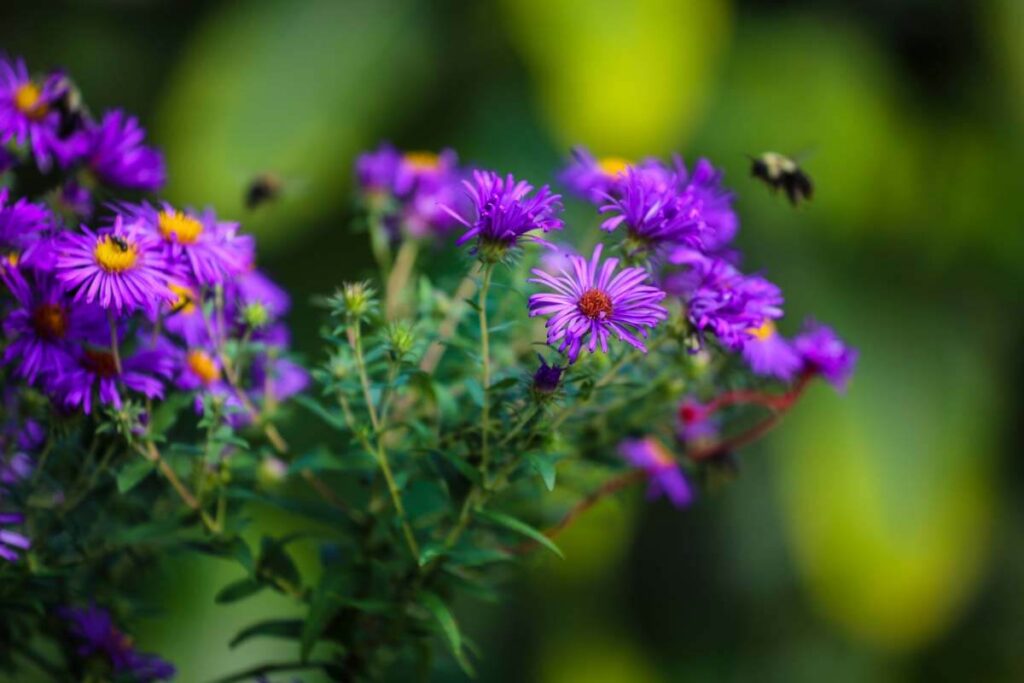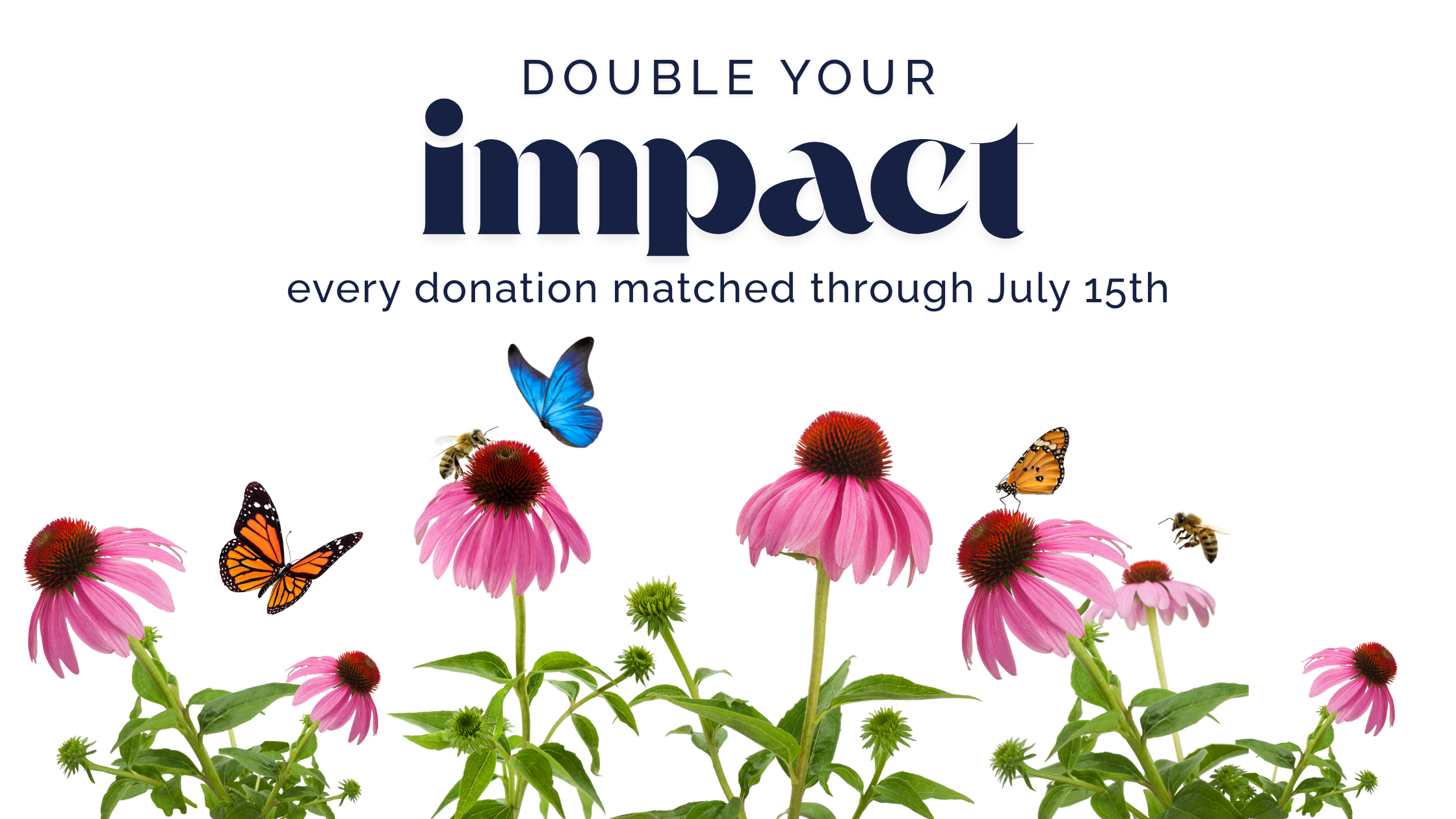Native plants thrive in our region. They have evolved to coexist with local wildlife and have adapted to the regional climate and soil. This makes them uniquely qualified to be low-maintenance and supportive of our native birds, insects and animals.
Beauty, hardiness and environmental benefits all wrapped up in one -- plant some natives today.
Top Benefits of Native Plants.
- Conserve and filter water. Native plants frequently have roots that reach deep to conserve and pull up water when it is scarce.
- Attract butterflies and other pollinators. These valuable insects are critical to our crops, flowers, and plants.
- Protect soil resources. Deep roots help control erosion.
- Reduce the need for fertilizers and pesticides. Native plants simply grow better in local soil and climate.
- Provide food and shelter for wildlife. Native plants feed native wildlife; local wildlife don’t eat plants brought in from other habitats.

Where can you purchase native plants?
A number of local options are available. The D&R Greenway Land Trust, Bowman’s Hill Wildflower Preserve, My Backyard at Nectar’s and Toadshade Wildflower Farm each offer periodic sales of New Jersey native plants. Wild Ridge Plants aditionally offers to ship plants.
For wholesale orders, Pinelands Nursery and ArcheWild both offer common and hard-to-find native plants in various container sizes. Tell your landscaper!
Anyone in central New Jersey can join FOHVOS to receive bulk pricing of native plants through a number of vendors. Learn more about the Residential Community Conservation program.
Additional local nurseries may also offer a variety of native plants. Ask a knowledgeable sales associate or read more below to know what to purchase.
What plants are invasive and which are native?
Learn to identify plants. Apps like iNaturalist can help you identify all kinds of flora and fauna. Use the Mistaken Identity booklet to distinguish common invasives and natives within the mid-Atlantic. Want a book? Newcomb’s Wildflower Guide is a recommended guide for wildflowers, vines, and bushes in our area.
Stop buying invasives. Be sure to check the “Do Not Plant” list for residents.
Report invasives. Once you have learned to identify invasives, use the NJ Invasive Strike Team app to note the location and extent of invasive populations.
Remove invasive plants. Review Princeton’s Top Ten List of Invasives or check out the expansive list of invasive species maintained by Friends of Hopewell Valley Open Space Invasive Species Strike Team. When hand-pulling isn’t an option, you can also review their chemical approaches to managing these invasives on your property.
Tour natives. Visit the Princeton Botanical Art Garden, next to the parking lot at Herrontown Woods, or the Karen Colihan Native Plant Garden within the Mercer Educational Gardens to see a variety of native plants.
Learn about natives. The Native Plant Society of New Jersey maintains a list of native plants by county. More information about native plants can be found at the New Jersey Agricultural Experiment Station.
Keep it low maintenance. Review the Master Gardeners of Mercer County’s suggestions on low maintenance native and wildflower plantings.
Incorporate natives. For a step-by-step guide to integrate native plants into your yard, check out Jersey Friendly Yards.




